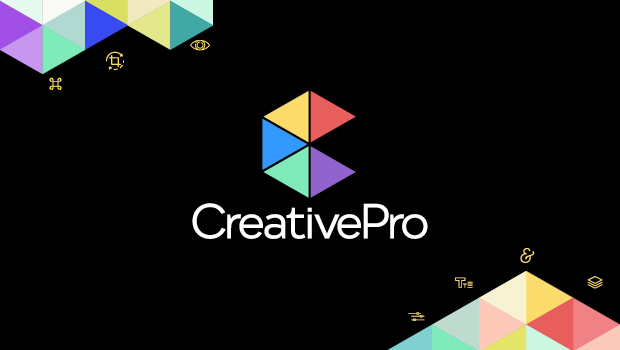Notes From the Epicenter: A Portal Is a Portal Is a Portal

Now that the AOL Time Warner merger has been officially approved (and the pundits’ visions of an Alan Greenspan-helmed mega-corporation ruling the world are about ten steps closer to being realized), it’s time to sit back and see what the new media-technology super-company can do. Or rather, what it can’t do, as it’s the rare corporation that actually manages to produce more than the sum of its parts. They’re more likely to amount to substantially less, which is too bad in the case of AOL Time Warner, which comprises quite a few corporate assets.
From Start-Up to Giant
A few years back, before AOL found itself with sufficient market capital to begin collecting other major companies, it was essentially an internet service provider. It quickly became the leading ISP for many reasons: It was among the first to arrive on the scene, it was easy enough that your grandmother could use it, and it had the word “America” in its name, which I suppose gave Americans a collective vision of pioneering a new world together (that’s us — a nation on the bleeding edge).
When AOL paid $10 billion for Netscape about three years ago, it transformed again, this time into a technology company, and also a major player. Internet visionaries blanched at the news, seeing the buy as one of the first blows to the new economy. To see the company that created the first Web browser and had the first incredibly overvalued IPO become just one more corporate property was a shock to the “Wild West” ideal of the Web. But the truth is that White Knight-less Netscape would have long ago lost its fight with Microsoft’s Internet Explorer if Netscape hadn’t been scooped up by AOL.
Then, just last year, AOL also became a media company when it purchased (or merged with, depending on which corporate Web site you consult) media conglomerate Time Warner in (insert fanfare here) the biggest corporate merger ever! But is the new company doomed to make the same mistakes as the old? Word has it that AOL Time Warner is getting ready to turn Netscape.com into an über-portal site for its newfound (at least to AOL) ocean of content.
Why Isn’t This a Recipe for Success?
On the surface, assembling a new portal site seems like a fine idea. Everyone and their cousin has a portal site these days (I keep hearing the word portal in snippets of conversation as I walk around San Francisco, and everyone can’t be talking about the “Twilight Zone”) and some of them, such as Yahoo, do quite well. Plus, the new AOL mega-corp would appear to have all the components of a successful portal. It has something like 20 million captive users (thanks to AOL), the technology base a portal would require (thanks to Netscape), and now all the content anyone could want (something both AOL and Netscape.com have been lacking). So why wouldn’t such a portal be successful?
Well, for the simple reason that it’s been done before and it didn’t work then. Time Warner’s four-year portal experiment, Pathfinder (spoofed at Welcome to the Pathfinder Museum) figuratively went down in flames in May of 1999. The site served as an umbrella for all of Time Warner’s brands (like Time, CNN, etc.). But after Time Warner pumped money and energy into the site for years, it turned out it just wasn’t intuitive for Internet users to type in Pathfinder when what they were looking for was “Time.” Go figure.
…Because We Tend to Shop by Brand
So now AOL wants users to type in Netscape when they are looking for “Time.” Makes perfect sense, right? Of course people are going to look for content on the Web by name. That’s how they find it on the newsstands, on television, and pretty much everywhere else. Brands carry a lot of weight on the Web; that’s why businesses that do well in the real world tend to also do well on the Web (when you want gabardine pants, you type in jcrew.com, not boo.com, right?). Netscape is not a brand, Netscape is a technology (it used to be a company, but if there’s one lesson the Internet has taught us it’s that things change). AOL Time Warner now owns more brands than, well, I don’t know who else. So why not use them?
Speaking of brands, last week I saw one of those SUVs from freecars.com –- the site that gives you a free car wrapped in advertising. This one was wrapped in an ad for freecars.com. It was an interesting branding feedback loop: The company wasn’t making any money plugging its own brand. Or was it?
Anyway, in case Steve Case and Gerald Levin are listening (and why would they, when they can actually pay someone to tell them what they should be doing), here’s my advice: Don’t bother making Netscape.com into a Web portal. Or you’ll be seeing “Learning from Old Mistakes” and “History Repeats Itself for Time Warner” in the headlines faster than you can say Pathfinder.com.
This article was last modified on January 8, 2023
This article was first published on February 5, 2001



